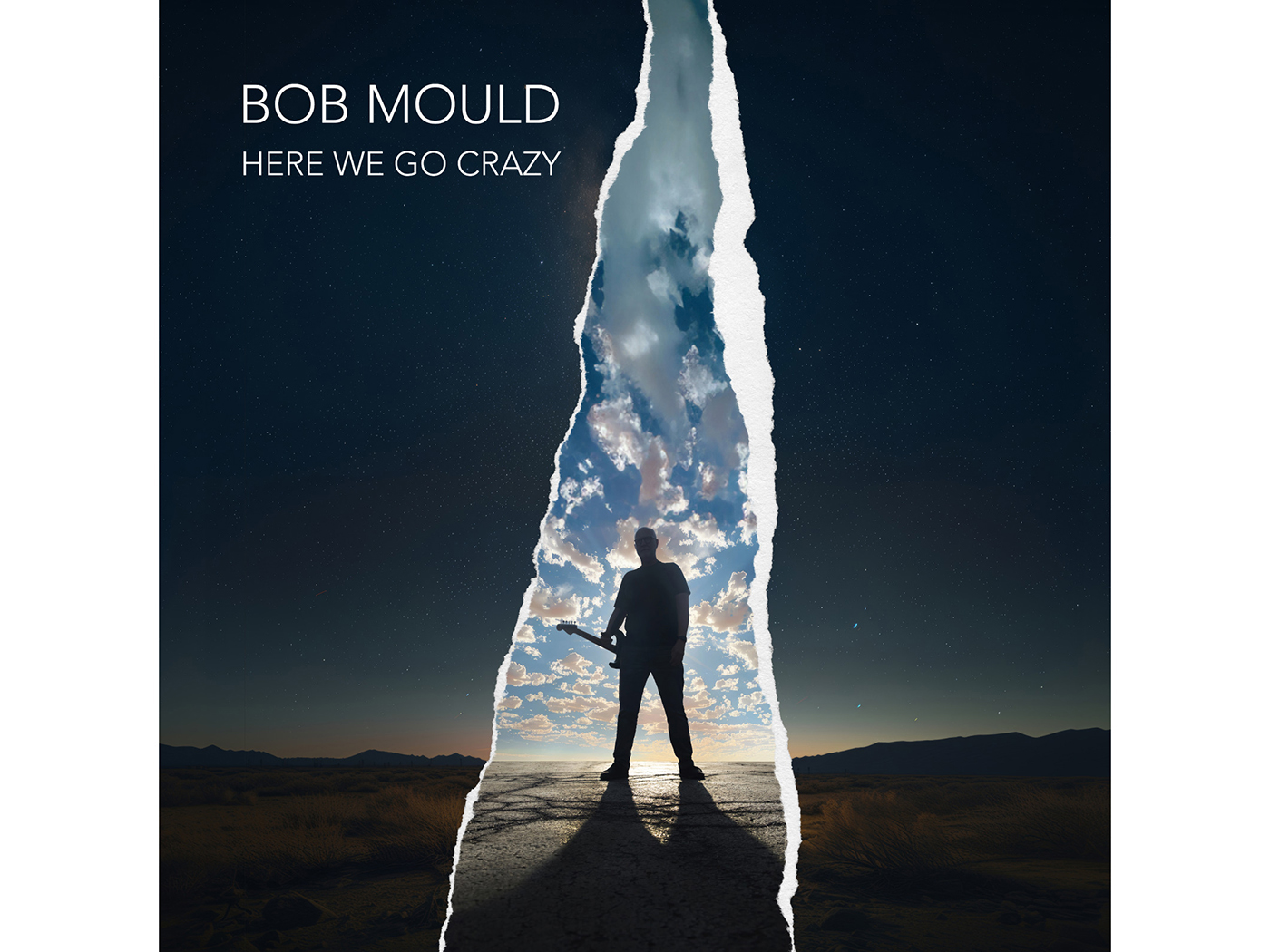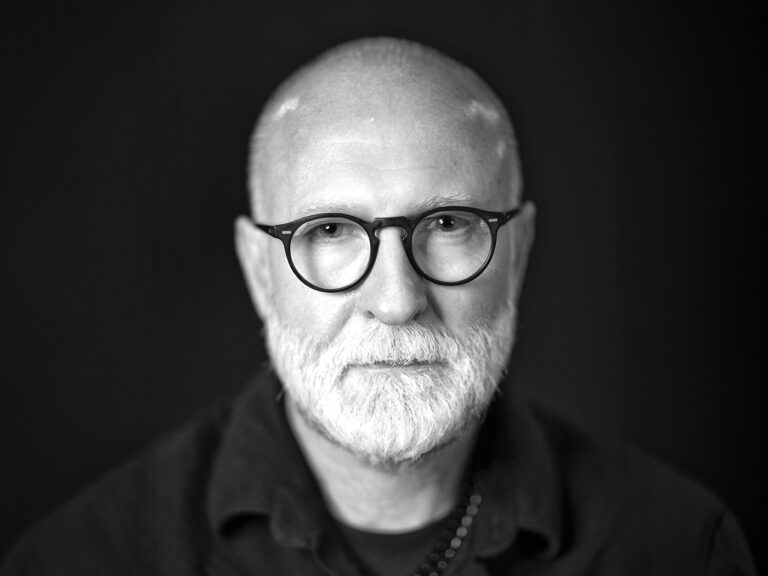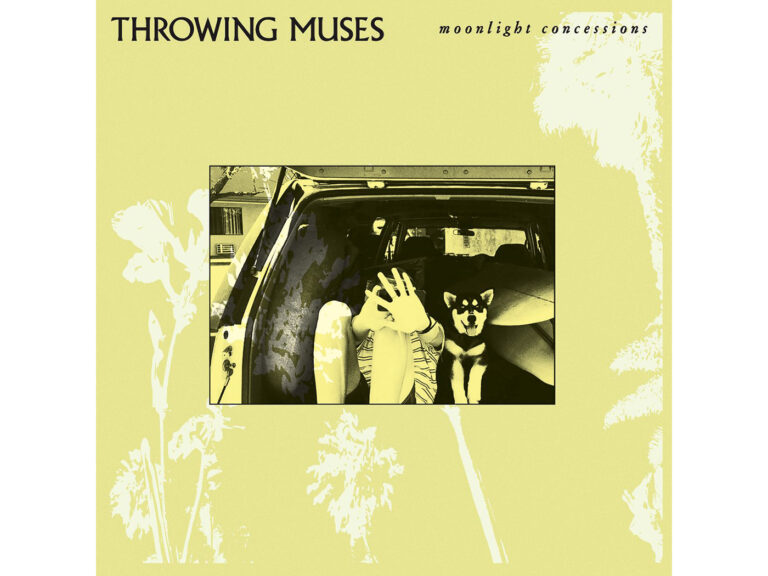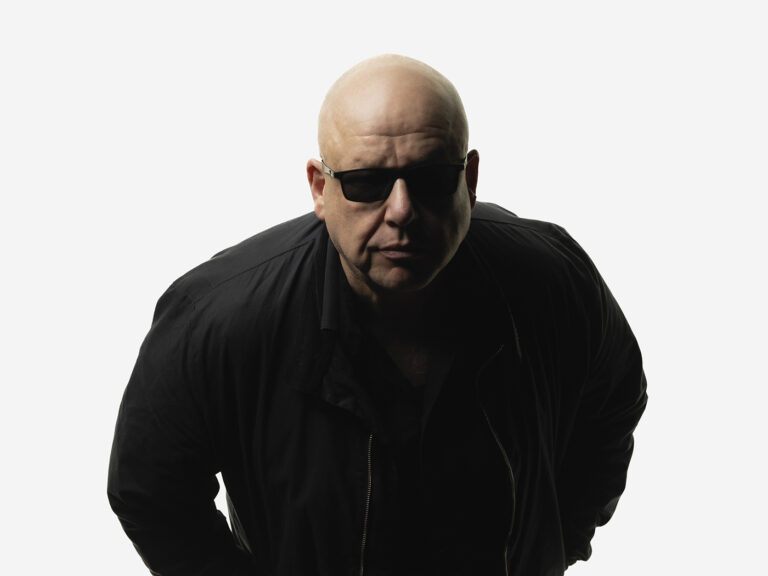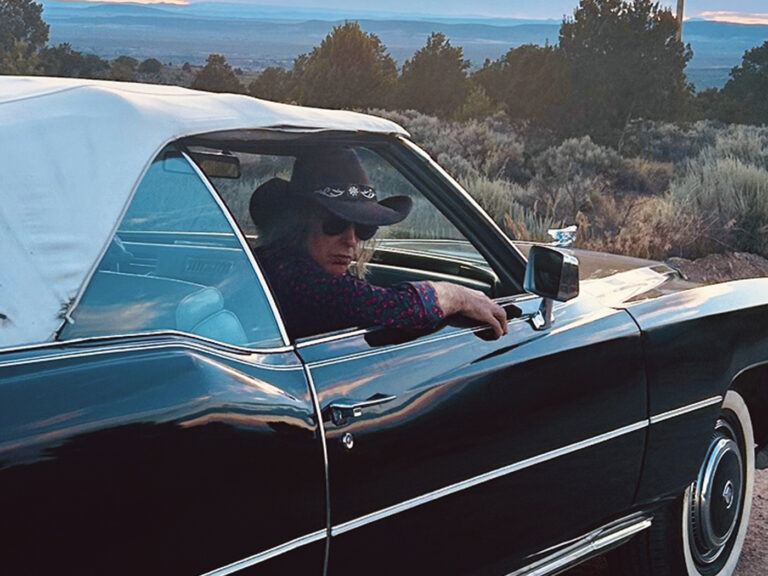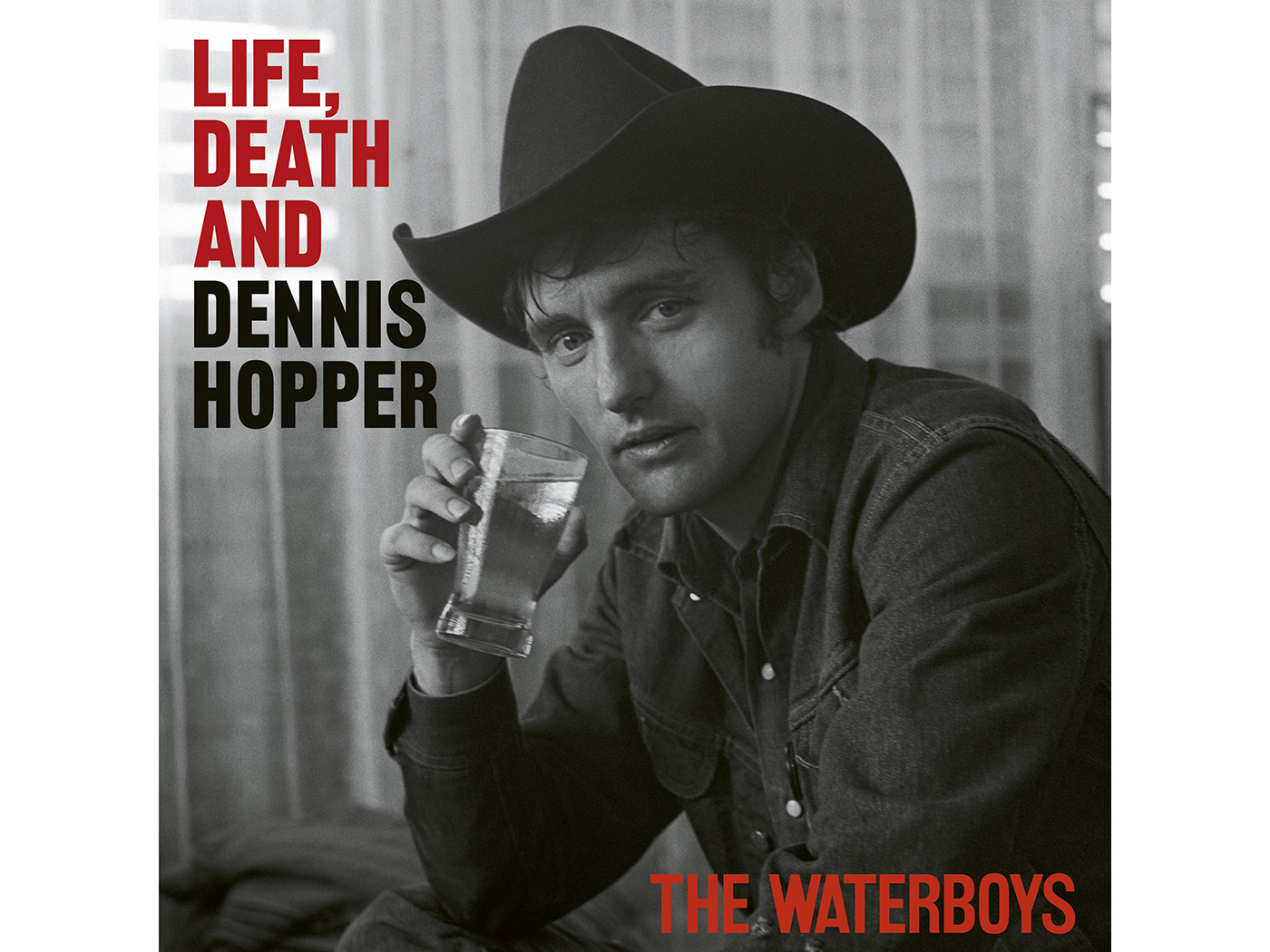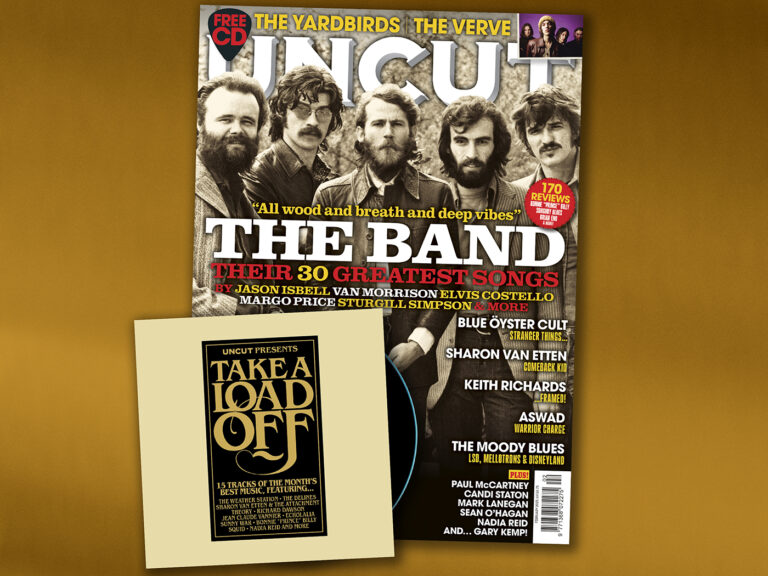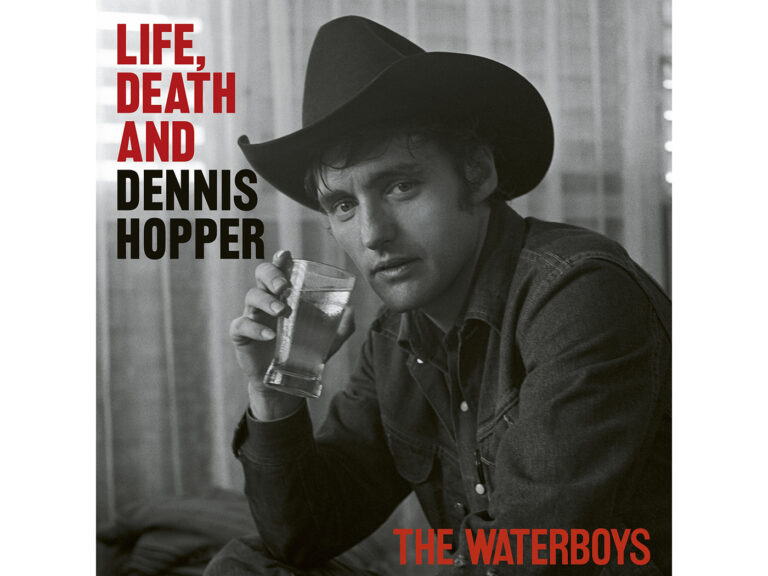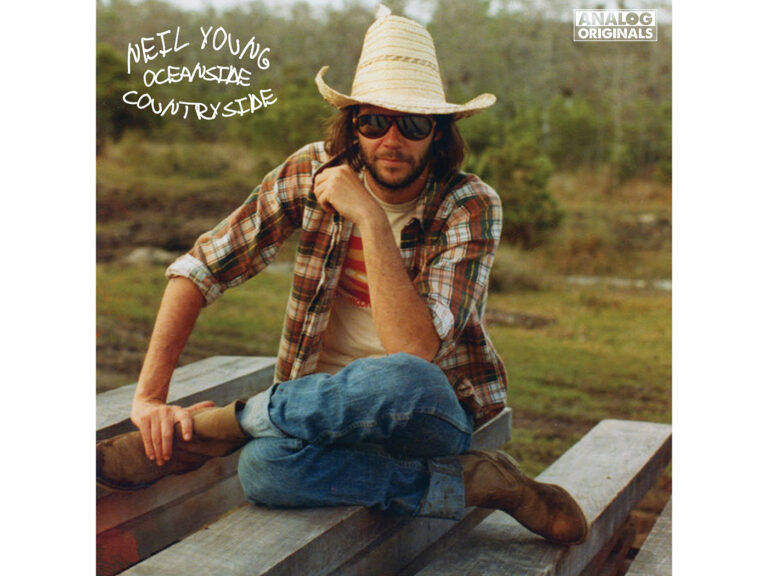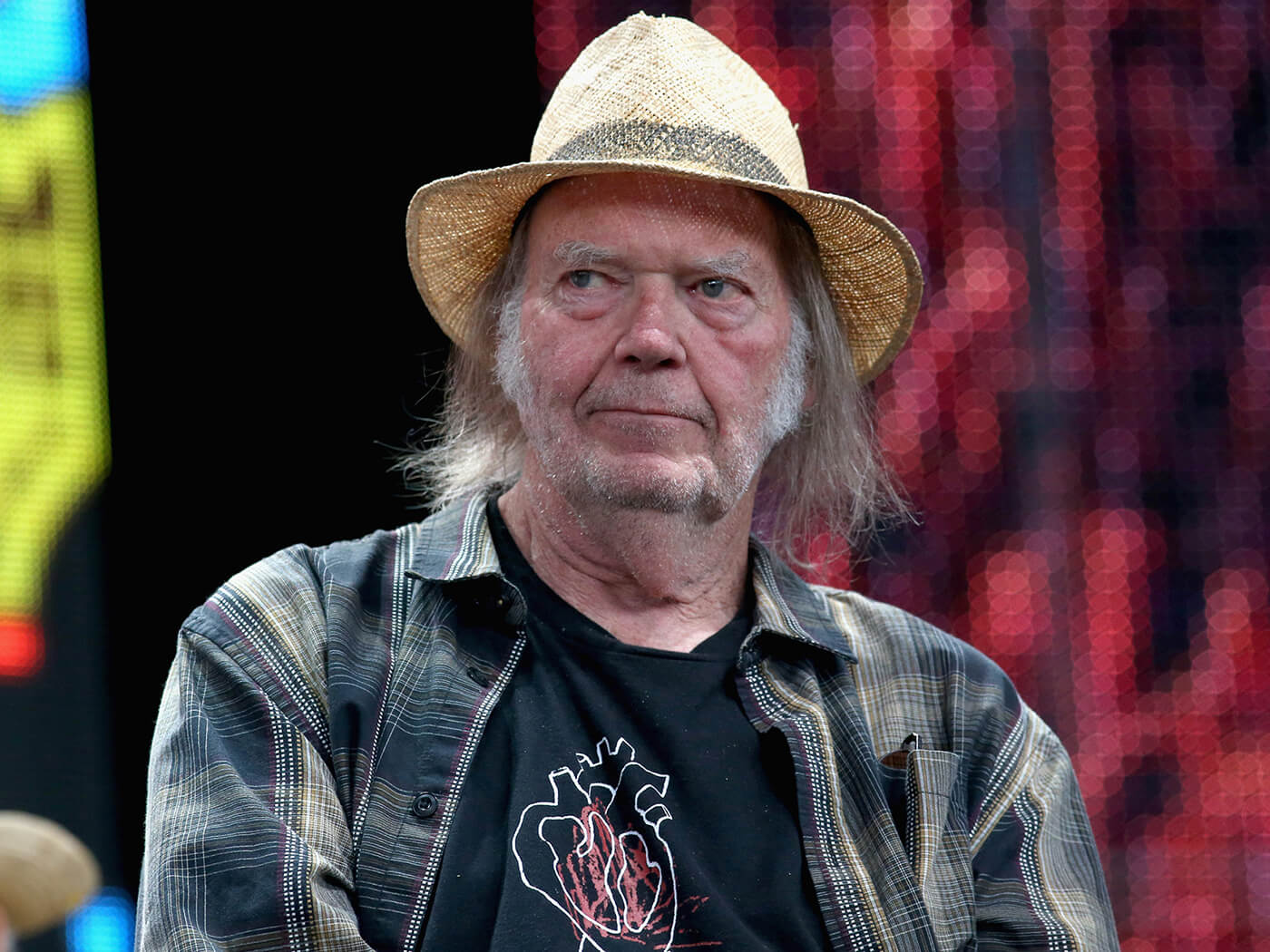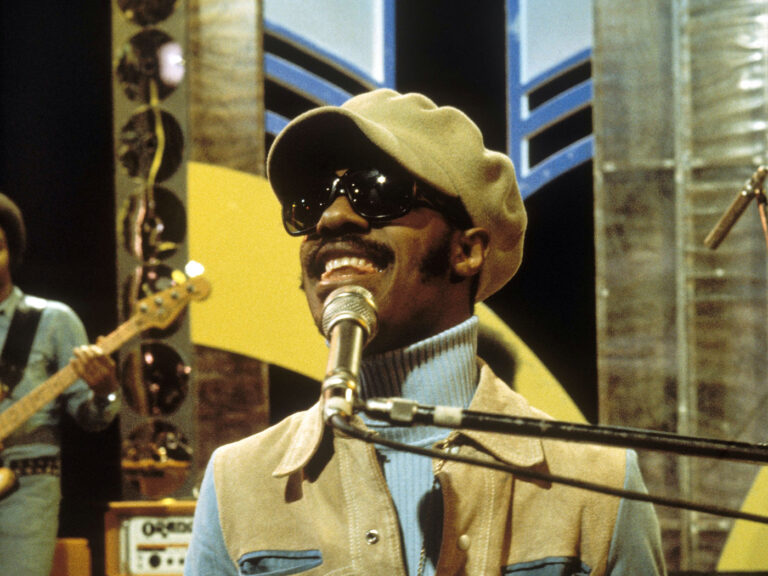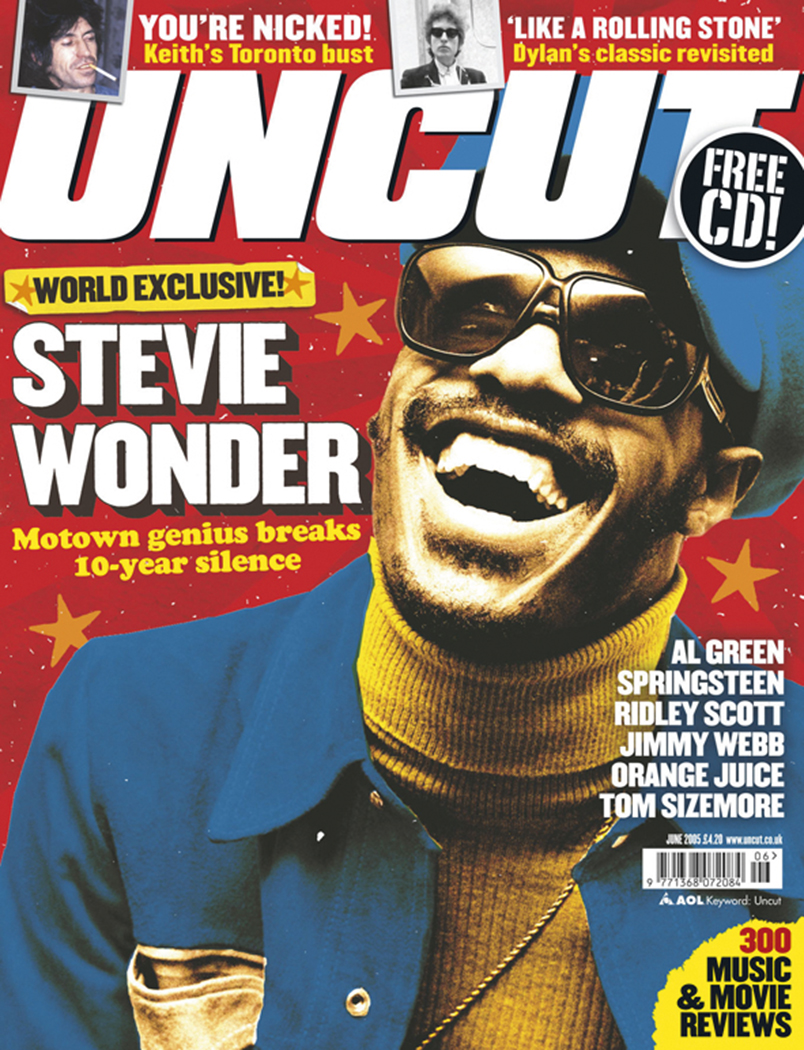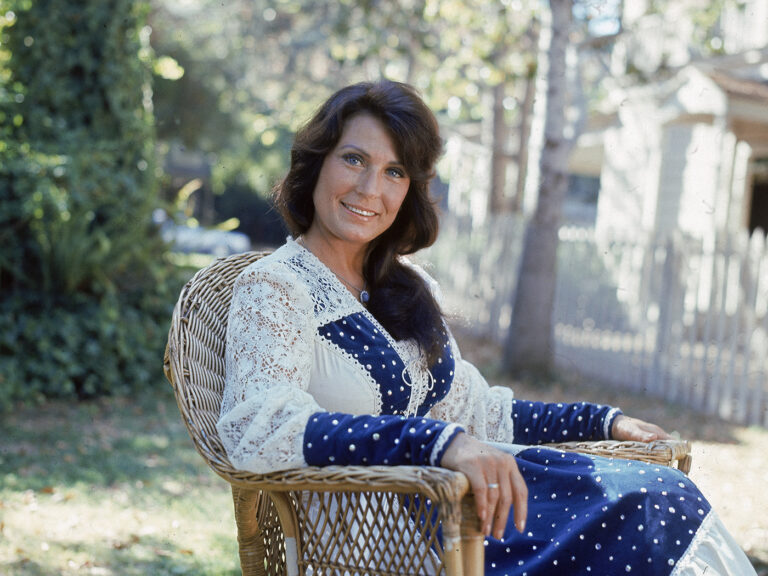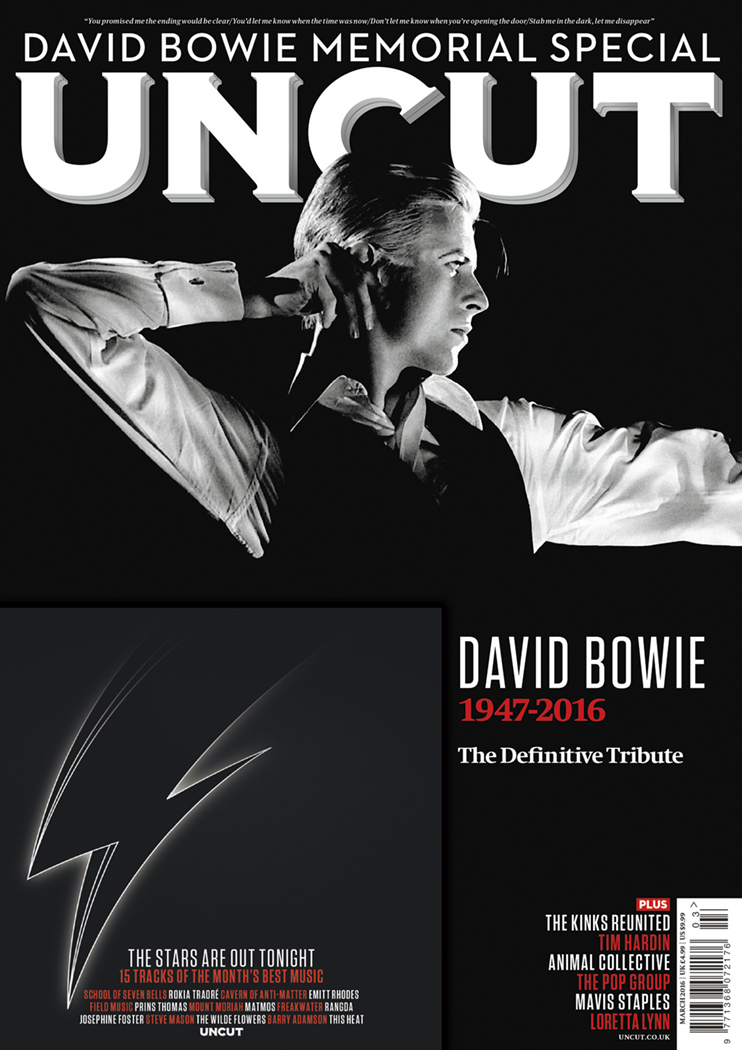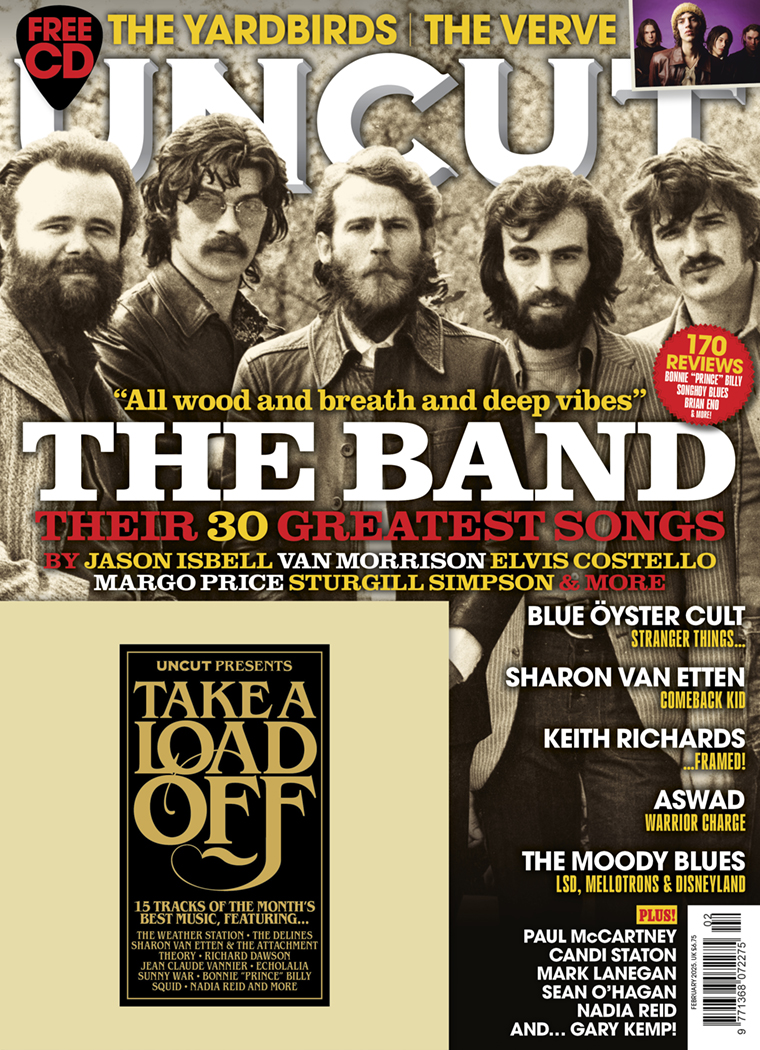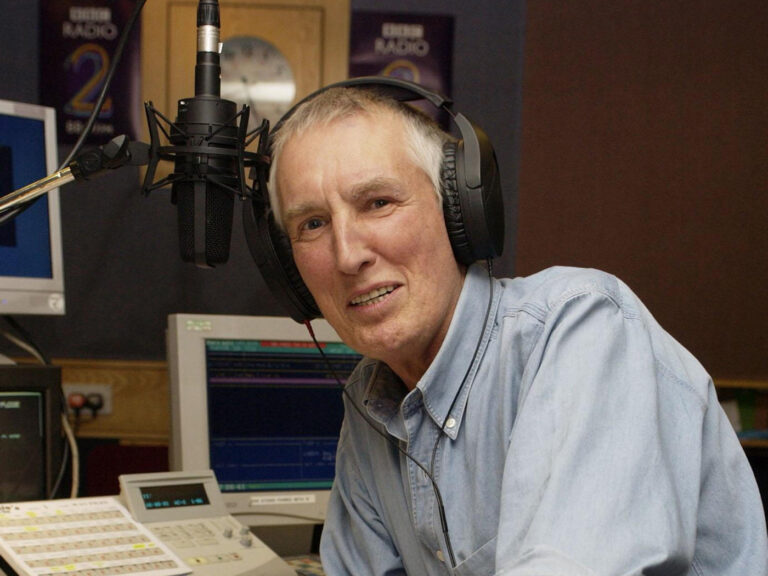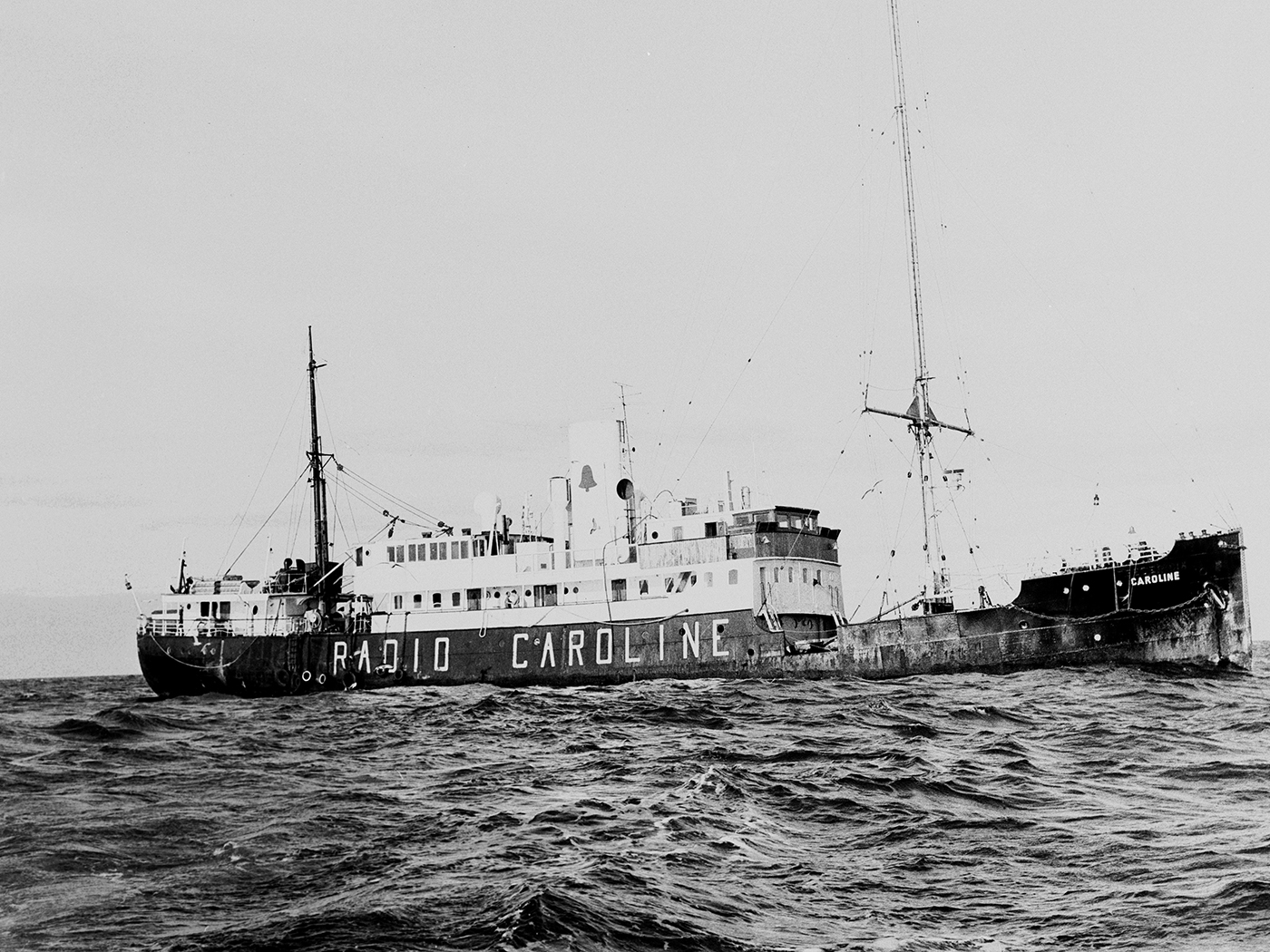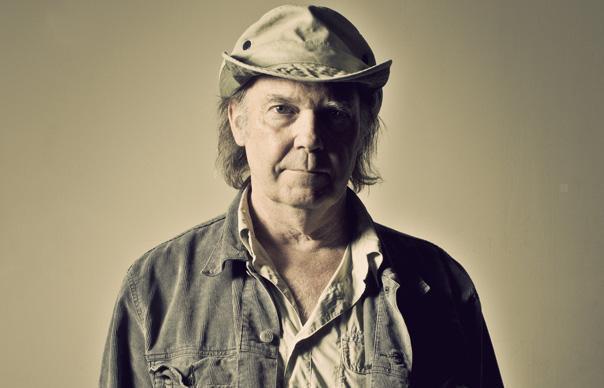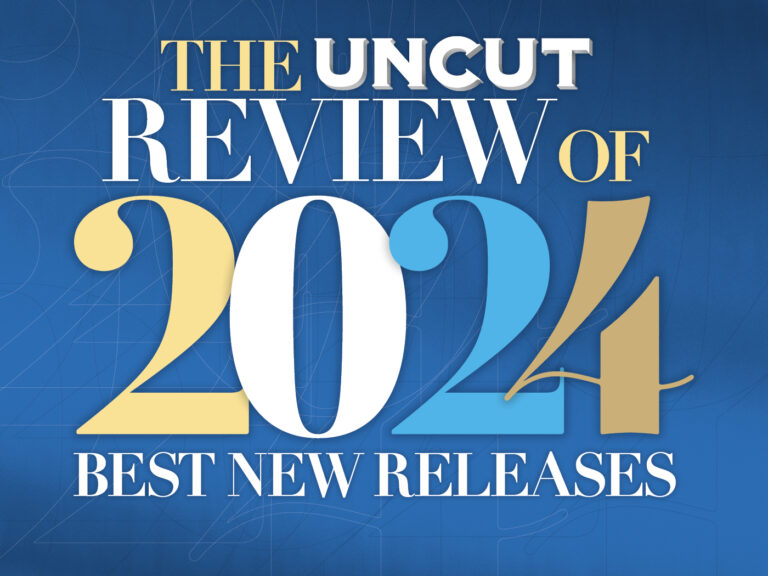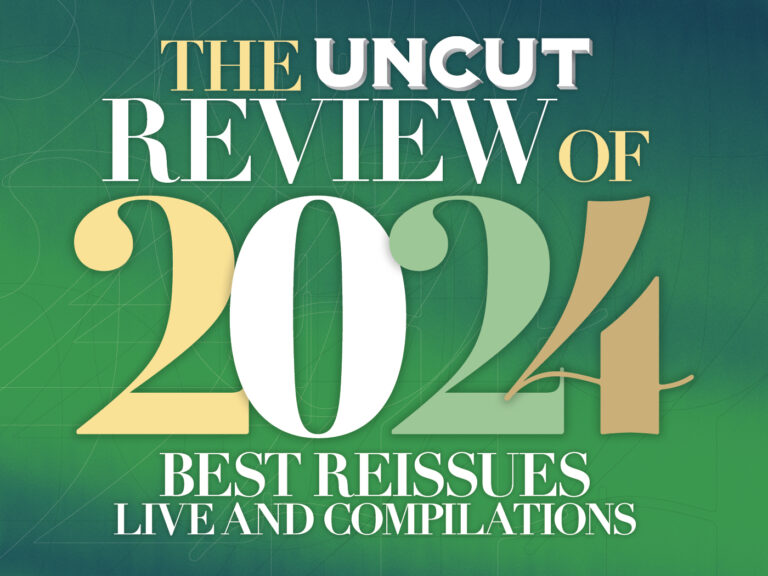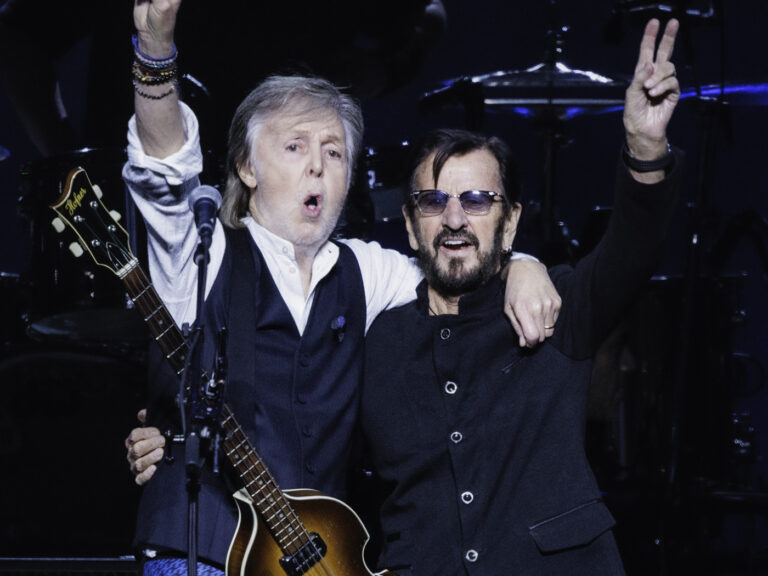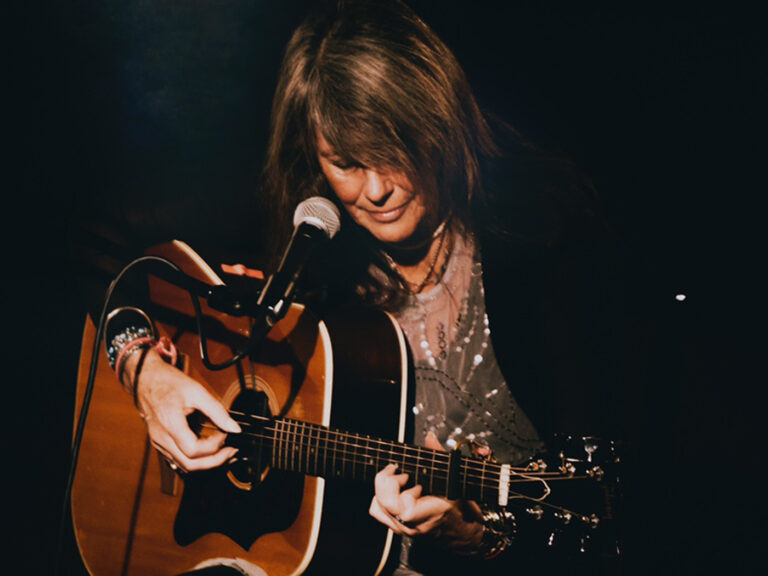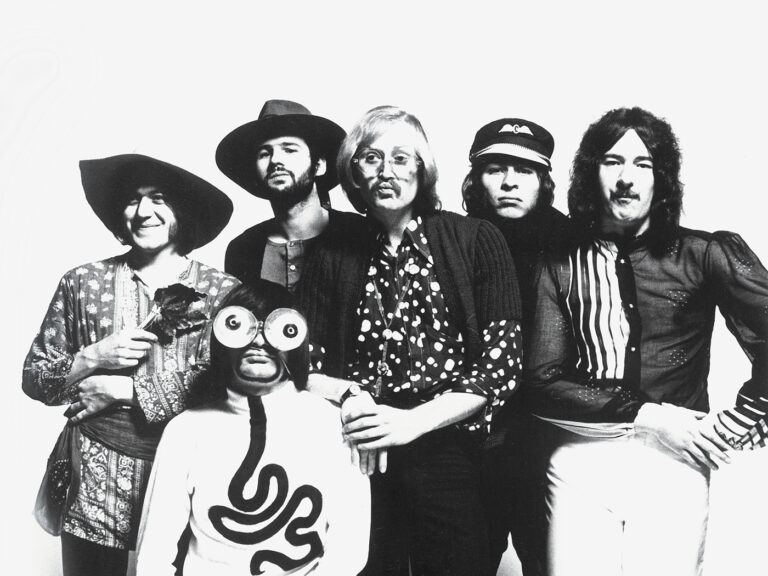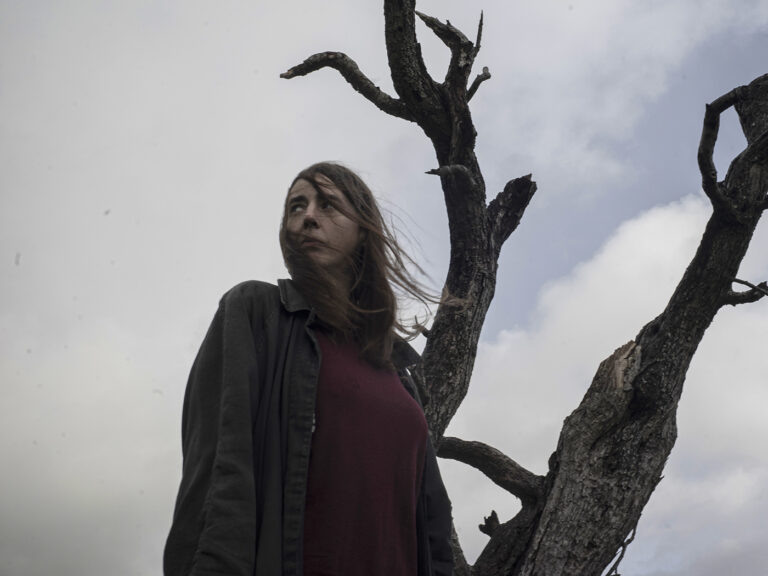30
ROYAL TRUX
Twin Infinitives
FIRE
Diving straight in at the deep end, Fire kicked off their Royal Trux vinyl reissue series with this synapse-mangling 1990 double LP which found America’s most gloriously fucked-up rock’n’roll band careering wildly toward the outer limits of convention, taste and sanity. A work of deviant high art or the sound of two people having a breakdown? Let’s say both.
THE NEW ISSUE OF UNCUT FEATURES KATE BUSH, QUINCY JONES, THE WEATHER STATION, THE DAMNED AND OUR ESSENTIAL 2025 PREVIEW – ORDER YOUR COPY NOW
29
JOHN LENNON
Mind Games: The Ultimate Collection
CAPITOL/UMe
In 1973, Lennon’s fourth album – which he himself described as “an interim record between being a manic, political lunatic to back to being a musician again” – failed to make the UK Top 10. Half a century later, it was refreshed by this sumptuous box set comprising multiple new mixes, unreleased outtakes, instrumentals, studio chatter and a lavishly detailed coffee-table book.
28
OASIS
Definitely Maybe (30th Anniversary Deluxe Edition)
BIG BROTHER
As an aperitif for the forthcoming reunion tour, Oasis’s swaggering debut was reissued with bonus material telling the full messy story of its creation, including eight tracks from the 1993 Monnow Valley sessions and another seven from the January 1994 sessions in Cornwall. A 1992 home demo of “Sad Song” with Liam on vocals was an uncanny reminder of the lightning they were trying to capture.
27
DRIVE-BY TRUCKERS
Southern Rock Opera (Deluxe Edition)
NEW WEST
The Truckers’ great 2001 concept album, an epic tale loosely based on the myths around Lynyrd Skynyrd and the American South, was richly documented on this impressive and timely reissue: a double-turned-triple LP with added outtakes, unreleased overflow songs, live cuts and a meaty new essay by Truckers ringleader Patterson Hood.
26
ROBERTA FLACK
Lost Takes
ARC
Across two days in November 1968, Roberta Flack sat down at a piano in RCA Studios and demoed 39 songs for potential inclusion on her debut album. Many of those that didn’t make the cut – including terrific versions of “Afro Blue” and “To Sir With Love” – languished unheard until the 2020 deluxe edition of First Take. Here, 12 of those songs received their first-ever vinyl release, working perfectly as an enchanting standalone album.
25
PAUL MCCARTNEY & WINGS
Band On The Run (50th Anniversary Edition)
CAPITOL
The definitive album of Macca’s post-Beatles career was given an anniversary makeover, complete with an expanded half-speed remaster and ‘underdubbed’ companion version. Mixed by Geoff Emerick from the original Lagos recordings, before George Martin and Tony Visconti added orchestration, it revealed the unvarnished rock’n’roll roots of songs like “Nineteen Hundred And Eighty Five” and “Let Me Roll With It”.
24
LOU REED
Why Don’t You Smile Now: Lou Reed At Pickwick Records 1964-1965
LIGHT IN THE ATTIC
The latest fruits of the ongoing trawl through the Lou Reed archive revisited his time as staff writer for the Pickwick International label/sweatshop in Long Island, specialising in surf, R&B and girl-group knock-offs for budget compilations. There were real jewels amid the hackwork, the pick of the bunch being “Oh No Don’t Do It”, recorded by Ronnie Dickerson – a weird glimpse of Lou’s untravelled path as a Brill Building princeling.
23
EMAHOY TSEGE MARIAM GEBRU
Souvenirs
MISSISSIPPI
Ethiopia’s ‘honky-tonk nun’ lived an incredible life before finally passing on last year, just shy of her 100th birthday. This collection of home-recorded demos from 1977-85 was the first to feature her fragile but defiant singing voice as she reminisced about life before the Red Terror and pondered her future exile in Jerusalem. Sad but hopeful, beautiful and unique.
22
AIR
Moon Safari (25th Anniversary Edition)
PARLOPHONE
Air’s return to the stage – the French duo as suave as ever inside their sleek white box – was one of this year’s live highlights. It was all to celebrate a quarter-century of their swooning, retro-futuristic touchstone Moon Safari, reissued as a 2CD+Blu-Ray package. Among the highlights: an astonishing live synth version of Funkadelic’s “Maggot Brain”.
21
SUEDE
Dog Man Star 30
DEMON MUSIC
When anyone tries to tell you that Britpop was all about Blur v Oasis and lager lads in Ben Sherman shirts – and there’ll be a lot of that next year – just play them this: a fabulously grandiose vision of seedy proclivities and love on the dole amid the rapidly fading glamour of England’s capital. As the bonus discs proved, Suede’s B-sides of the time were almost as good as the singles – witness Brian Eno’s eldritch 16-minute remix of “Introducing The Band”.
20
KEVIN AYERS
All This Crazy Gift Of Time: The Recordings 1969-1973
CHERRY RED
The essential works of Herne Bay’s wizard of whimsy, neatly packaged in a 10-disc box set along with lashings of bonus material. Even if you already own all the studio albums, there was plenty here to astound and delight, from a brilliantly haywire 1970 Hyde Park show with The Whole World band (Mike Oldfield, Lol Coxhill et al) to a host of mildly slicker BBC sessions and a suggestive poem about a banana.
19
APHEX TWIN
Selected Ambient Works II (Expanded Edition)
WARP
As we all know, Selected Ambient Works 85-92 was a high-water mark for British electronic music, but it wasn’t strictly ambient. Richard D James rectified that with his 1994 follow-up, two discs of atmospheric yet increasingly sinister pieces with blurry photos of random stuff for names. Bonus tracks on this expanded edition included a stunning orchestral version of “#3” (AKA “Rhubarb”).
18
GALAXIE 500
Uncollected Noise New York ’88-’90
SILVER CURRENT
A fantastic shadow history of the short-lived but hugely influential dream-pop trio, across two LPs of non-album tracks, outtakes, alternate versions (“Blue Thunder” with bonus wailing sax!) and cover versions; in their trembling hands, both Joy Division/New Order’s “Ceremony” and The Rutles’ “Cheese And Onions” sounded equally spellbinding.
17
SONIC YOUTH
Walls Have Ears
GOOFIN’ RECORDS
In a year when great new albums by both Kim Gordon and Thurston Moore continued the Sonic Youth mission, it was intriguing to be thrust back to 1986, when the band began to transcend their downtown art-scuzz beginnings for a more universal kind of teenage riot. A former bootleg barely cleaned up for this official release, it’s not the live album Sonic Youth themselves would have sanctioned, but it’s a compelling document nonetheless.
16
ELVIS COSTELLO
King Of America & Other Realms
UMe
Much more than just a remaster of Costello’s pivotal 1986 album King Of America, this mammoth six-disc box set ventured both inward and outward to take in everything from original solo demos to unreleased collaborations with Allan Toussaint and duets with Lucinda Williams and Emmylou Harris. A new habanera version of “Brilliant Mistake” brought it right up to date.
THE NEW ISSUE OF UNCUT FEATURES KATE BUSH, QUINCY JONES, THE WEATHER STATION, THE DAMNED AND OUR ESSENTIAL 2025 PREVIEW – ORDER YOUR COPY NOW
15
ANNE BRIGGS
Anne Briggs
TOPIC
A stone-cold British folk classic, rendered all the more precious by Briggs’ reluctance to add to her slender catalogue down the years. As a result, the four unreleased recordings included as a bonus 7” with this remastered vinyl reissue – including typically spare, devastating takes on “The Cruel Mother” and “Bruton Town” – were something of a holy grail.
14
VARIOUS ARTISTS
Congo Funk!
ANALOG AFRICA
James Brown’s visit to Kinshasa in 1974 inspired bands on both sides of the mighty Congo River to pick up electric guitars and incorporate American funk moves into their rambunctious, rumba-derived rhythms. This terrific comp showcased the unfailingly uplifting results.
13
MARGO GURYAN
Words And Music
NUMERO GROUP
Margo Guryan sadly left us in 2021, her uniquely sophisticated soft-pop compositions never properly celebrated in her lifetime. This deluxe three-disc boxset, collecting her slender but essential complete recorded output – plus sundry demos and curiosities – recorded her journey from Bach devotee to jazz wunderkind to gently psychedelic baroque pop magician. A fitting tribute at last.
12
THE WATERBOYS
1985
CHRYSALIS
This enthralling 6CD trawl explored every stage in the creation and performance of The Waterboys’ ‘big music’ statement This Is The Sea, unpacking the panoramic visions of Mike Scott and the musical innovations of Karl Wallinger (who sadly passed away in March). The cherry on top was a fast version of “This Is The Sea” with elemental guitar breaks by Tom Verlaine.
11
DOROTHY ASHBY
Afro-Harping (Deluxe Edition)
VERVE/UMR
In a great year for jazz harp reissues, Dorothy Ashby’s once-obscure and now highly-prized 1968 LP – expect to pay £200 for an OG copy – finally received the deluxe treatment. The vibe was more swinging than spiritual, evidenced by two (arguably superior) alternate takes of “Theme From Valley Of The Dolls” and a slower, sultrier version of the much-sampled “Soul Vibrations”, with bonus theremin freakout.
10
GASTR DEL SOL
We Have Dozens Of Titles
DRAG CITY
Both David Grubbs and Jim O’Rourke have become prolific contributors to the musical avant-garde over the last few decades; here was a chance to revisit their inquisitive, influential work together in the 1990s as post-rock duo Gastr Del Sol. Rounding up rare and unreleased material, including their last ever live performance from 1997, this 3LP set was an endearing study in how to gently wriggle free from convention.
9
NICO
The Marble Index
DOMINO
“A weird excursion into atonality that will appeal only to a selective audience,” sneered a contemporary review quoted in the liner notes of this reissue. Forbidding and foreboding it may be, but in the intervening 56 years, Nico’s second solo album – her harmonium locked into a death spiral with John Cale’s gnawing viola – has become an essential part of the Velvet Underground story. Some versions came with a bonus 7”, the first time on vinyl for key outtakes “Roses In The Snow” and “Nibelungen”.
8
BOB DYLAN & THE BAND
The 1974 Live Recordings
COLUMBIA
If you ever felt shortchanged by Before The Flood’s anthology of Dylan and The Band’s barnstorming 1974 arena tour, here was a colossal 431-track, 27-disc collection, capturing the full force gale of the concerts from Chicago through to LA. It found Dylan on his own career precipice, returning from the commercial wilderness, The Band at the peak of their powers. The box vividly demonstrates how Dylan’s songs change as he looks for fresh treatments.
7
DOROTHY CARTER
Troubadour
DRAG CITY
This masterful reissue of the 1976 private press album by nomadic dulcimer visionary Dorothy Carter revealed a mesmerising tapestry of medievalism, folk, new age and ambient music. Ahead and out of her time, Carter connected ancient psalms, hymns and carols from across Europe and Asia to the burgeoning US counterculture and avant-folk underground.
6
JONI MITCHELL
Archives Vol 4: The Asylum Years (1976-1980)
RHINO
Joni’s archive series reached the most fascinating phase of her career, as she hitched a ride with the Rolling Thunder Revue and ended up consorting with Charles Mingus. As well as offering a glimpse into the creative processes behind Hejira and Don Juan…, there was a real sense of joy to these many unreleased live performances, whether Mitchell was road-testing an a capella version of “The Dry Cleaner From Des Moines” (“one more verse!”) or pausing “A Case Of You” halfway through to extol the medicinal virtues of Canada Dry.
5
NEIL YOUNG
Archives Vol III (1976-1987)
REPRISE
Across 17 discs, 198 tracks plotted the turbulent tale of Neil’s unhinged late ’70s and wild ’80s, including a series of glorious live sets from 1976, an entire set of songs recorded in Linda Ronstadt’s kitchen and the full shitkicking country set from his mid-’80s International Harvesters tour. For extra ragged glory, a deluxe edition (sadly only available in the US) added five Blu-Ray discs of live shows and gonzo cinema.
4
BROADCAST
Distant Call / Spell Blanket
WARP
Billed as the last ever Broadcast releases, these two demo collections – the latter destined for their tragically unfinished fifth album – turned out to be as magical as anything in their catalogue. As Trish Keenan trilled these embryonic (yet often still perfectly structured) songs, as if to herself, it’s clear that Broadcast would have been otherworldly and transportive even without their banks of antique synths.
3
CAN
Live In Paris 1973
SPOON / MUTE
The only release in Can’s revelatory live series to feature the impish presence of Damo Suzuki, and therefore instantly essential. As with the band’s other concert recordings, recognisable ‘hits’ like “Spoon” and “One More Night” were subsumed into longer, mesmeric jams, surging into the stratosphere with maximum countercultural force. A couple of excellent 1977 recordings (from Aston and Keele universities) completed Can’s invigorating archive trawl.
2
DAVID BOWIE
Rock ‘N’ Roll Star!
PARLOPHONE
“I don’t mean heavy loud but heavy sweet,” intoned the unmistakable voice of David Bowie, gently instructing Mick Ronson as to how many saxophones he wanted on “Soul Love”. Not every recent collection of Bowie demos have been essential, but this one was a revelation, offering you a ringside seat as a generational pop genius knocked together his game-changing Ziggy Stardust… project in real-time.
THE NEW ISSUE OF UNCUT FEATURES KATE BUSH, QUINCY JONES, THE WEATHER STATION, THE DAMNED AND OUR ESSENTIAL 2025 PREVIEW – ORDER YOUR COPY NOW
1
ALICE COLTRANE
The Carnegie Hall Concert
IMPULSE!
Finally, it appears that Alice Coltrane has taken her deserved place at the top table of 20th century musical icons, alongside her trailblazing husband. Rifle through Uncut’s best albums of 2024, and her influence is everywhere – not just on harpists like the amazing Nala Sinephro and Brandee Younger (who makes several key contributions to Shabaka’s recent album) but on artists as diverse as Julia Holter, The Smile, Arooj Aftab and Dirty Three.
Naturally, the Impulse! archivists have been furiously trawling the vaults to see if there might be anything from Alice’s early ’70s heyday to match the jaw-dropping discovery of John Coltrane’s lost album Both Directions At Once a few years ago. With The Carnegie Hall Concert, they hit the jackpot.
Recorded live in New York in the same month as the release of her spiritual jazz touchstone Journey In Satchidananda, it featured the first two tracks from that album blissfully spun out to more than twice their original length with the help of an expanded ‘double quartet’, including the likes of Jimmy Garrison and Clifford Jarvis. But it’s on an incredible version of John Coltrane’s “Africa” – with Alice having switched from harp to piano – where dual saxophonists Pharoah Sanders and Archie Shepp really earned their corn, trading blazing solos for almost half an hour with no let-up in intensity.
“The spirit was there at all times,” recalled bassist Cecil McBee in the liner notes. “I’ve never heard anything that I played that was more intense… It was absolutely amazing.” Listening back today, it’s hard to disagree.
